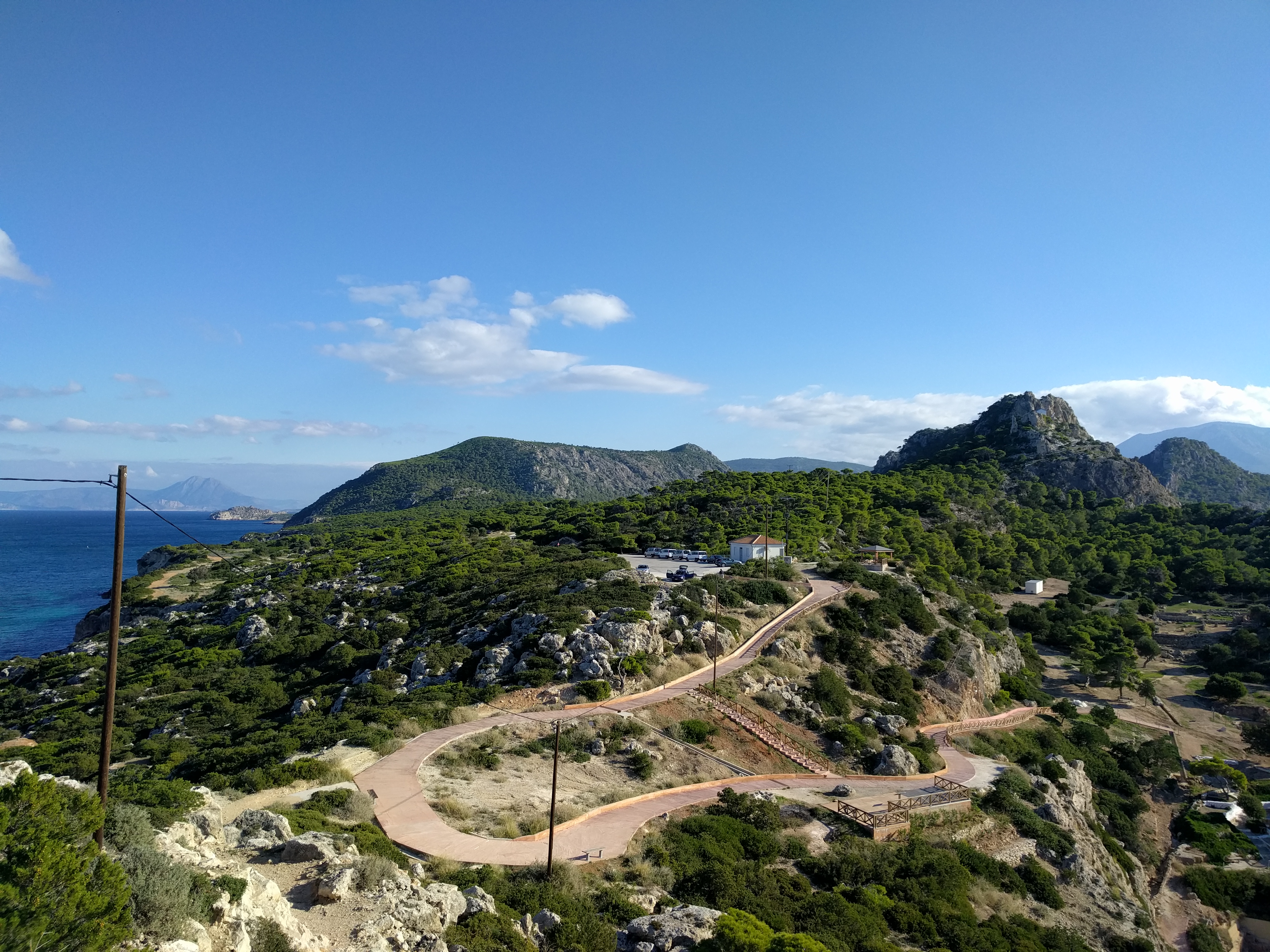On the 9th of December, the second group (party B) of 16 part-II students set off to sunny Central Greece. This area is one of the most tectonically active regions in the world and experiences regular large (4-6 on the Richter scale) earthquakes. This relatively fast movement, together with the large amount of karstic limestone in the area, allows for evidence of vertical uplift or subsidence (e.g. on the coasts) to be well preserved and provides students with an excellent opportunity to visualize active continental extension. The aim of the trip is for students to explore, observe and then interpret earthquake focal mechanisms, surface expressions of faults (fault scarps) and vertical coastal movements.
Continue reading “Admiring the handiwork of active tectonics in Central Greece”



